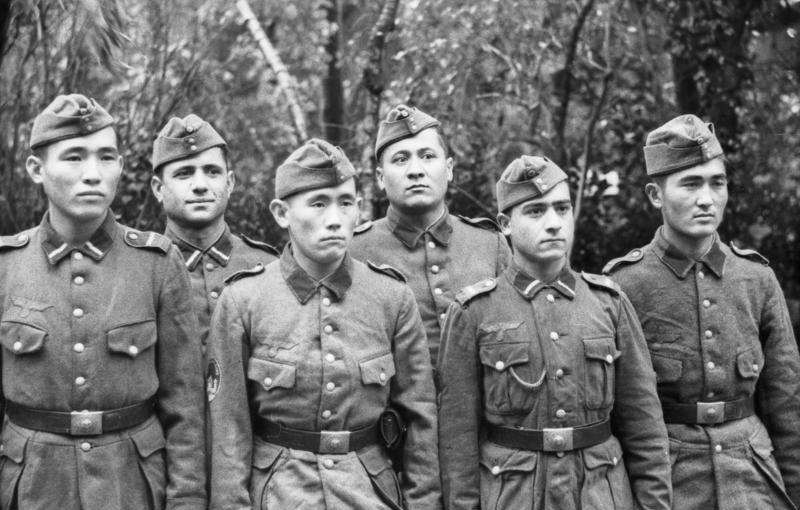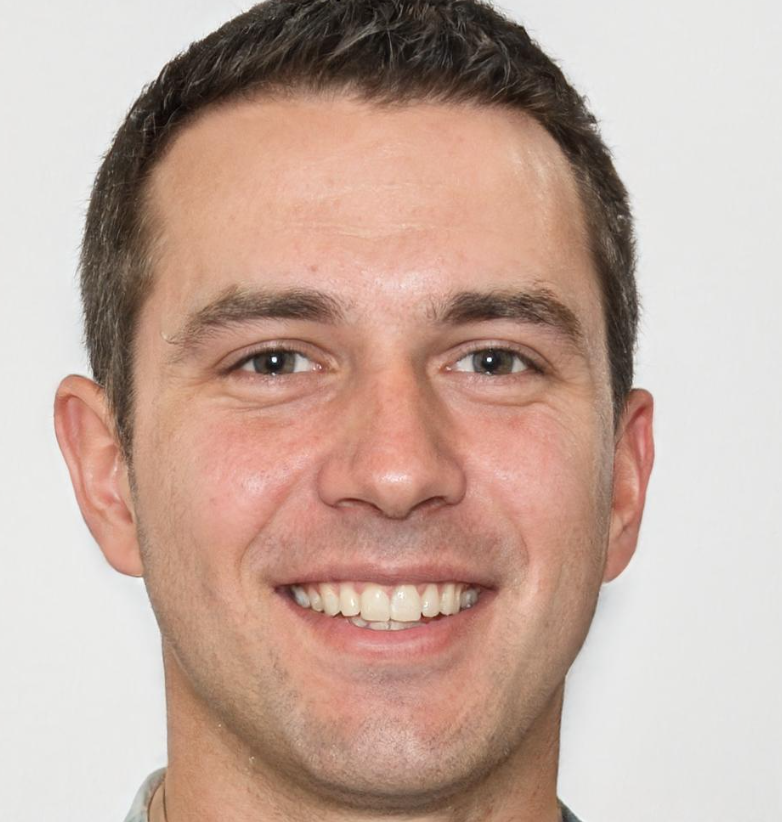
The Ostlegionenduring the Second World War was, in contrast to the Russian Liberation Army (Vlasov army), composed exclusively of members of the non-Russian peoples of the Soviet Union minority associations of the German Wehrmacht.
These included military associations Do not confuse the concept of Ostlegionen with that of the Eastern Troops, which described the totality of all troops from the Russian space that served in the Wehrmacht, with the exception of the Baltic and Ukrainian formations.
The number of Ostlegionäre who switched from the Soviet to the German side is contentious. According to Soviet research, the number of volunteers was not more than 40,000 men; other figures estimate it at over 100,000.
The Preparation And Organization
On 22 June 1941 began, the German Empire and its allies the war against the Soviet Union. At this time, the establishment of associations or Russian Troops was not provided by minority peoples (an exception was the battalions of the “Legion of Ukrainian Nationalists”).
The Soviet Union was to be thrown down in a blitzkrieg and then serve as a German colonization and exploitation area. In this political conception, Hitler allowed hardly any cooperation with the population of the Western Soviet republics, even if they begged to be allowed to join the fight against the Red Army.
When Operation Barbarossa failed, it lacked the Wehrmacht troops to meet the security tasks in the occupied territory. Therefore, they urged the military leaders to be able to recruit local reinforcements, which was initially permitted only to a small extent, but with the condition not to use the units at the front.
First, Baltic units were placed in Estonian units under the Security Division's Army Group North to take over policing duties. Although these were subordinated to the SS in November 1941, the Wehrmacht took back to these organizations, as they urgently needed reserves to stem the Soviet winter offensive. In the fall of 1941, there were significant actions of Soviet partisans s first time in the German hinterland.
To combat this, the army groups were, on the 6th of October, 1941, authorized to recruit Cossack hundreds of prisoners of war to use in their hinterland. The recruitment of these, the Russian ethnic group belonging to prisoners, soon took on a larger scale to operate on Hitler on 24 March 1942; the list of other Russian organizations was prohibited.
However, this prohibition did not apply to the members of the predominantly Muslim minority peoples of the Soviet Union. Hitler himself was against this much more positively than the Russian people. He described it as the most reliable Nation in the fight against Bolshevism, “mostly good soldierly virtues.”
After some concerns about the attitude of Turkey, finally, the deployment of troops of Christian Georgians and Armenians was allowed. It is unclear who Hitler’s decision caused significantly. The historian Joachim Hoffmann suggested that this was due to efforts of the Wehrmacht and of the Eastern Ministry, which the intercession of the Turkish generals and Erkilet earth may have assisted.
During the formation of hundreds of partisans fighting, a first unit was already prepared from various non-Russian members of the people in the field of Security Division 444th This “Turk Battalion 444″, which was used between Herber and the Dnieper estuary, was the first of its kind for the list of associations to a greater extent, however, should, according to a directive of the Quartermaster General of the Army’s General Staff of 15 November 1941 to use on the experience of the Office Ausland / Abwehr II. The Abwehr already had extensive experience in the preparation of non-Russian associations.
There was already one on their behalf led by Major Andreas Mayer-Mader Ausbildungspogramm (“Tiger Company B”) for volunteers Turkestan (later Turkestanisches Infantry Battalion 450) and prepared by Lieutenant Theodor Oberlander Caucasian particular association miner. The Army High Command (OKH) decided to take over the Turkestan model as a basis for drawing up the Ostlegionen. The “Company Tiger B” on 13 January 1942 subordinated to the OKH, and Major Mayer-Mader was appointed chief of staff training.
The order of 13 January 1942 initially saw the formation of two associations of prisoners of war in the General Government: One of the Turkestan Legion (Karakalpaks, Kazakhs, Kyrgyz, Turkmen, Uzbeks, Tajiks) and a Caucasian-Mohammedan Legion (Azerbaijani, North Caucasians).
Command of 8 February 1942 nor the formation of a specific Armenian Legion and Georgian Legion On 2 August 1942 was once again a restructuring. From the Caucasian-Mohammedan Legion (later Azerbaijani Legion) were pulled members of the Caucasian mountain peoples and combined to form a separate North Caucasian Legion. The addition was made on 15 August 1942 to set up a Wolgatartarischen Legion. Thus, the General created a total of six Ostlegionen.
The organizational leadership of the new organizations was already on 18 February 1942, the “Statement Staff Ostlegionen” formed on 23 January 1943, officially “Command Ostlegionen” said.
This bar had its first seat in Rembertów and, from the summer of 1942, in Radom. In the surrounding training areas, the formation of the legions took place, whose commanders were subordinated to the commander of the Ostlegionen. The companies themselves were earthy departments, equipped with a permanent staff for personnel matters of non-Russian POWs who made and formed in this field reinforced battalions.
These field battalions were sent individually to the front. By the fall of 1942, a first wave of 15 field battalions was prepared. Since then many shortcomings in equipment and training occurred, for the calculation of the second Shaft (21 field battalions) encouraged the spring of 1943, a significant improvement in the fall of 1943 the third Wave again 17 field battalions.
The total number of 53 field battalions that had been prepared by the “command of the Ostlegionen” in Poland meant a strengthening of the German Eastern Army to 53,000 men also emerged in 1943 from the less fit POWs four “Turk-labor battalions” and a “Turk Work Replacement Battalion, “which in turn were combined into one’s labor association.
Ostlegionen In Ukraine
While the command of Ostlegionen in Radom was mainly non-Russian prisoners of war from the fields of Army Groups North and Centre attended, the area of Army Group South was initially excluded. The approximately 7000 non-Russian prisoners of the 11th Army managed in the Crimea, which was planning to organize in construction companies. However, the Quartermaster Department in OKH saw it as a waste and wished to transform these prisoners into combat units.
As the focus of the planned offensive in 1942 (→ Case Blue) should also be in the south of the eastern front, expecting the OKH, with a vast number of other non-Russian prisoners in this area, gave the logistical problem of transporting these prisoners only to Radom and the units formed from them in turn to the front. It, therefore, decided to pursue the establishment of new organizations, a second command post in the area of Army Group South to establish itself.
Whereabouts After The War
The majority of the Legionaries settled after 1945 in the Munich area. The Bavarian state government and administration financed it and later provided so-called “displaced persons” with permanent papers. For obvious reasons, they did not go back to the Soviet Union.
In the course, the CIA competed (Bavaria belonged to the American occupation zone) with the state government for the impact on the group and supported each different, but giving religious factions of fighters. The operations have been intensively explored in the years since 2000 by various authors and illustrated.
